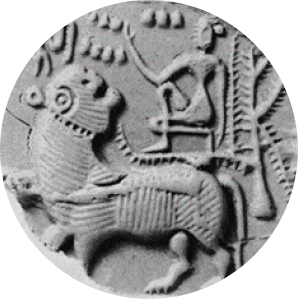I think it’s a nice idea to place here references to things that come up in actual conversations had with people. Yesterday I was speaking with a former monastic who said that the main cause of his being overworked in the monastery was that he could do many things, and therefore was “too useful”. I told him about the following passage in Chuang Tsu:
Shih the carpenter was on his way to the state of Chi. When he got Chu Yuan, he saw an oak tree by the village shrine.
The tree was large enough to shade several thousand oxen and was a hundred spans around. It towered above the hilltops with its lowest branches eighty feet from the ground. More than ten of its branches were big enough to be made into boats. There were crowds of people as in a marketplace. The master carpenter did not even turn his head but walked on without stopping.
His apprentice took a long look, then ran after Shih the carpenter and said, “Since I took up my ax and followed you, master, I have never seen timber as beautiful as this. But you do not even bother to look at it and walk on without stopping. Why is this?”
Shih the carpenter replied, “Stop! Say no more! That tree is useless. A boat made from it would sink, a coffin would soon rot, a tool would split, a door would ooze sap, and a beam would have termites. It is worthless timber and is of no use. That is why it has reached such a ripe old age.”
from Chuang Tsu, Inner Chapters. A new translation by Gia-Fu Feng and Jane English
Here in Palestine, apart from useful trees like olives, the only large old trees are those at religious sites, such as those that shade a cemetery or sheikh’s tomb. The rest were long since cut down for timber by one or another of the land’s occupiers.
(Many other things could be said about the role of trees in the current conflict.)
However in Chuang Tsu, the fable concerning the tree is meant to illustrate one of the the teachings of Taoism, which, as usual turns conventional wisdom on its head.
